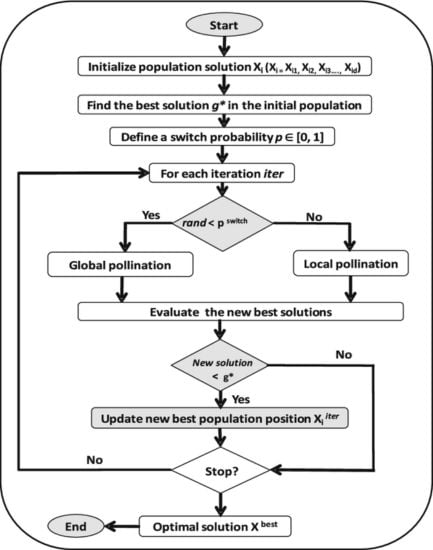Bees and Bamboo: Nature-Based Solutions for Wind Energy Problems
Two research projects have paved the way toward more sustainable and efficient wind energy.
The relentless pursuit of renewable energy solutions, driven by the escalating demands for sustainable and efficient power sources, has catalyzed groundbreaking research in wind energy. While wind turbines are instrumental in harnessing renewable energy, they face a plethora of challenges in terms of optimization and environmental impact.
Wind turbine. Image used courtesy of Unsplash
Recently, two research studies have resulted in innovations that could present solutions to these challenges and forge a path forward for wind energy harvesting. This article will review these developments to better understand the state of the industry, the challenges being solved, and how researchers believe they can improve the field of wind energy.
Enhanced Flower Pollination Algorithm for Wind Turbine Optimization
The flower pollination algorithm (FPA), designed to mimic the pollination process of flowers, represents a novel approach for optimizing wind power harvesting. The FPA faced limitations in the past due to its unidirectional movement and slow speed, making it less effective in finding optimal solutions, especially over longer distances.
Researchers from the South China University of Technology in Guangzhou have made advancements to the algorithm by integrating a two-stage Luenberger observer controller-based structure. The key innovation is the introduction of both forward and backward movement capabilities, coupled with increased speed. This enables the algorithm to locate the best input and output power generation solutions in wind turbines more efficiently and accurately.
The FPA flowchart. Image used courtesy of Alyasseri et al.
The revised FPA, utilizing the Luenberger method, effectively observes and optimizes the proliferation of specific flower species. This optimization is achieved through combining global and local pollination strategies, ensuring a more comprehensive and efficient search for optimal solutions.
The effectiveness of this modified FPA has been demonstrated through MATLAB/Simulink simulation results, indicating a promising future for this algorithm in enhancing wind turbine efficiency and offering a more refined and effective tool for optimizing power generation in wind energy systems.
Compostable Wind Turbine Blades From Bamboo and Mycelium
Another major challenge in the field of wind energy is dealing with the disposal of decommissioned blades.
Currently, most wind turbine blades are constructed using a composite structure of fiberglass/epoxy built on top of balsa wood. While these materials add stability and flexibility, they also lead to significant environmental concerns. The blades, with a lifespan of about 20 years, often end up in landfills, contributing to ecological damage.
Research team with the bamboo-based material. Image used courtesy of NREL
Researchers recently launched a project to develop compostable wind turbine blades from bamboo and mycelium resin to solve this. The proposed mycelium-bamboo composite aims to replace traditional materials with compostable and ecologically sound solutions.
According to the study, the newly developed resin is comparable in performance to conventional FRPs, exhibiting a transverse tensile modulus of 10.4-11.9 GPa. Moreover, its manufacturing requires 19%-21% less supply chain energy and emits 33%-35% less greenhouse gases than traditional epoxy-amine resins. Structural testing is planned to determine the blades' rotational speed, power generation capabilities, and resilience against high-speed winds, and the success of this project could revolutionize wind turbine design, offering a sustainable and environmentally responsible alternative for global energy needs.
Pushing the State of Wind Energy
The recent advancements in wind energy technology represent a broader transition towards a more sustainable and innovative future in renewable energy. These developments are poised to play a pivotal role in shaping a greener, more efficient energy landscape by addressing operational efficiency and environmental sustainability.









